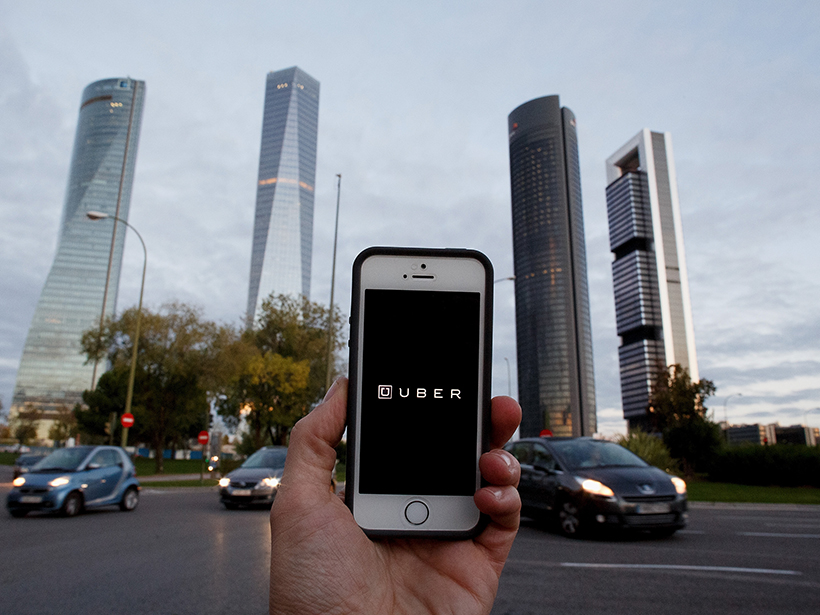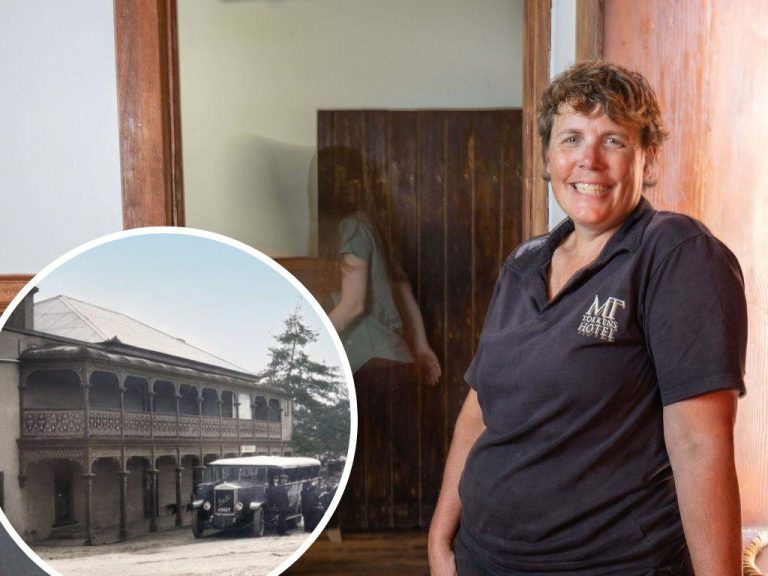Uber plans to launch flying taxis

Hopping between office buildings at street level in your capital city could soon be a thing of the past, with ride-sharing goliath Uber revealing it has plans to introduce flying taxis.
Speaking to FastCompany, Uber confirmed its whitepaper last year on “on-demand urban air transportation” was no joke, with the company hoping to have a working demonstration vehicle ready to take off by 2020.
And if Uber has its way, it’ll have the aircraft in mass production within six years, and the service fully operational within 10.
Commercial Insights: Subscribe to receive the latest news and updates
In the whitepaper, Uber predicts it could slash travel times in some cities by as much as eight times.

An artist’s impression of an Uber landing site. Picture: Uber white paper
“Imagine traveling from San Francisco’s Marina to work in downtown San Jose — a drive that would normally occupy the better part of two hours — in only 15 minutes,” the whitepaper says.
“What if you could save nearly four hours round-trip between São Paulo’s city center and the suburbs in Campinas?”
Uber predicts that the cost of the San Francisco to San Jose air trip would initially be around $129, just $18 more expensive than making the same trip in a standard UberX car.
The cost would drop to $43 once the service has been operating for a short time, and just $20 in the long-term, Uber suggests.

A concept drawing of the Joby S2 aircraft. Picture: Uber white paper
Uber chief product officer Jeff Holden says the challenges are to create a vehicle that can take off and land vertically as well as land in very small spaces, and finding spaces that can accommodate an aircraft to pick up passengers.
The aircraft would also need to be quiet enough not to be disruptive to surrounding buildings and streets.
Other challenges outlined in the whitepaper include making the aircraft cost-effective and efficient to produce. Only around 1000 helicopters are produced worldwide each year, Uber says, making it a very expensive exercise.
Securing and training enough pilots to operate the aircraft is also seen as a barrier to overcome.
Uber says that the best application of the future technology will be in densely built-up urban and suburban areas that are poorly serviced by existing infrastructure.







